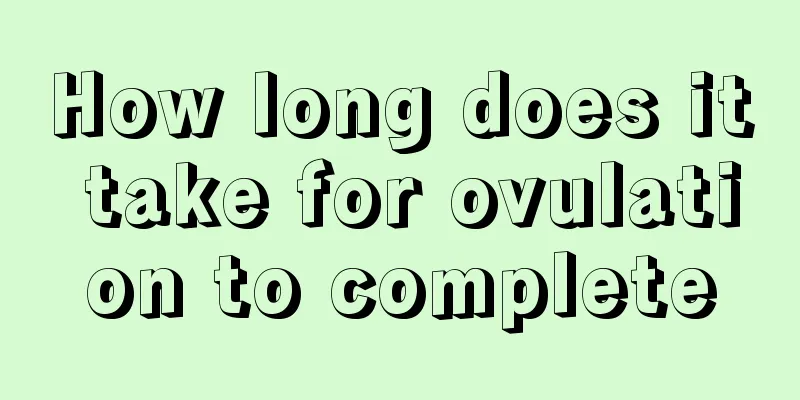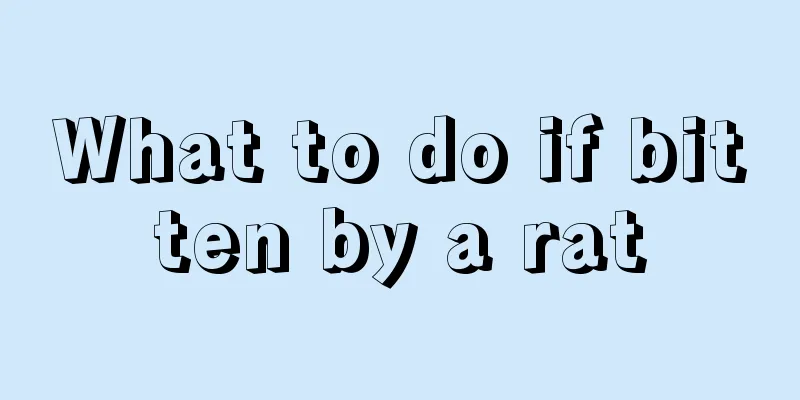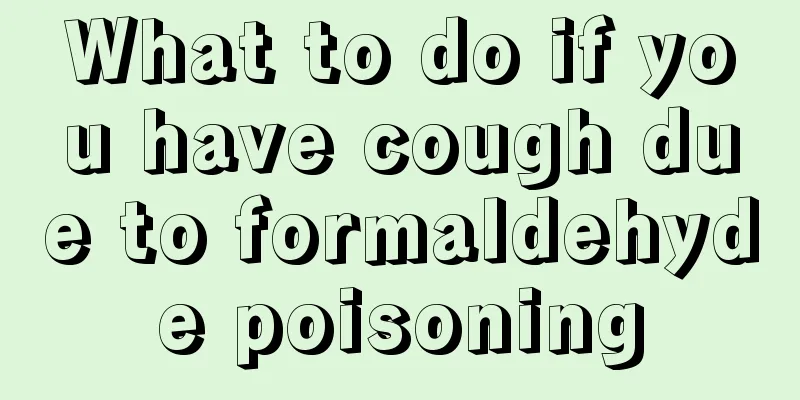How long does it take for ovulation to complete

|
The ovaries of adult women produce eggs. Generally, one egg is released every month. Sometimes two eggs are released every month, which makes it easy for twins to occur. So how long does it take for ovulation to be completed? When the follicle matures and forms an egg, the egg leaves the ovary and enters the abdominal cavity. This is the process of ovulation. The ovulation process is very short. Let's understand the mechanism of ovulation. The exact mechanisms and details of ovulation are not well understood. However, before and after ovulation, the feedback regulation reaction between FSH, LH, estrogen and gonadotropin-releasing hormone secreted by the hypothalamus in the body leads to regular and drastic changes in hormone levels before ovulation, which is the inducement for ovulation and the formation of the corpus luteum after ovulation. It has been observed that three hormone peaks play an important role in the occurrence of ovulation: the first estrogen peak occurs, inducing an increase in GnRH release, thereby triggering the almost synchronous secretion peaks of LH and FSH. In the process of inducing ovulation, FSH and LH must work synergistically. Only when a certain ratio of FSH and LH work together can ovulation be effectively induced. When LH is used alone to induce ovulation, all the follicles recruited by the ovaries will rupture. When a certain ratio of FSH and LH is used to induce ovulation, only mature follicles will rupture and ovulate. The exact mechanism by which this phenomenon occurs is unclear. (1) Decreased follicle wall tension
Before ovulation, the pituitary gland secretes more LH, which can promote the secretion of progesterone. The latter prompts the ovaries to synthesize a variety of enzymes, which denature the proteoglycans that act as adhesion between the collagen fibers in the top tissue of the mature follicle, thereby reducing the tension of the follicle wall. (2) Enzyme dissolves the follicle wall It has been proven that there are proteolytic enzymes, amylase, collagenase, hyaluronidase, etc. in follicular fluid. Therefore, it is believed that ovulation is caused by the above enzymes dissolving and rupturing the follicle wall, leading to ovulation. (3) Related to prostaglandins
LH can promote the synthesis of prostaglandins by granulosa cells, and the PG content in mature follicles increases progressively as ovulation approaches. PG2α can promote the contraction of smooth muscle fibers in the interstitial tissue surrounding the follicle, causing the follicle to rupture and ovulate. |
<<: How do I know if I have ovulated
>>: Can oral enzymes be used to wash the face?
Recommend
Is it okay to heat yogurt and drink it?
We usually drink some dairy products, the most co...
Can sesame paste be eaten with milk? Can sesame paste be drunk with milk?
Many people are very concerned about what they sh...
What should patients with cerebrovascular diseases eat?
Patients with cerebrovascular diseases also need ...
What to eat to prevent stomach cancer
What to eat to prevent stomach cancer? In order t...
What foods to eat for early breast cancer
Patients with early breast cancer can eat some an...
What is the effect of leg meridian massage?
Massage is a very traditional way of health prese...
What to do to prevent pituitary tumors
When we are unfortunately diagnosed with a common...
What are the magical uses of tea dregs
We are not unfamiliar with tea. With thousands of...
What should I do if I get athlete's foot on my hands
When you hear that athlete's foot appears on ...
What are the surgical methods for bladder cancer?
Bladder cancer is the most common type of urinary...
What is the reason for the pain in the left upper arm
Sometimes, if we use our left upper arm frequentl...
What are the symptoms of gastric metastasis of rectal cancer
Cancer is considered a terrible disease, but what...
Brief introduction to nursing care for gallbladder cancer
Among the malignant tumors of the gallbladder, ga...
Does painless hematuria necessarily mean bladder cancer?
Hematuria is not necessarily a bladder tumor, but...
What is the treatment for acute urticaria
Skin diseases can cause great harm to people, and...









